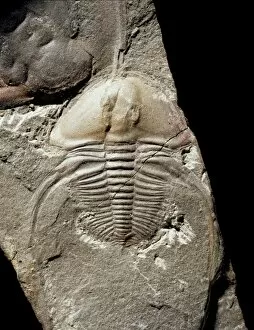Carapace Collection (page 5)
"Exploring the Carapace: A Journey into Nature's Armor" Delve into the fascinating world of carapaces, starting with the magnificent Geochelone radiata
All Professionally Made to Order for Quick Shipping
"Exploring the Carapace: A Journey into Nature's Armor" Delve into the fascinating world of carapaces, starting with the magnificent Geochelone radiata, also known as the radiated tortoise. Its intricate shell pattern resembles a mesmerizing work of art, showcasing nature's creativity. But carapaces aren't limited to land-dwelling creatures; they extend beneath the ocean waves too. Imagine Calymene blumenbachii brongniart, a trilobite from ancient times, its fossilized exoskeleton serving as a window into prehistoric life. Speaking of history, did you know that even pests can have captivating carapaces? Take the Black Death rat flea for example - an artwork in itself with its tiny yet formidable armor protecting it from harm. Moving on to marine wonders, behold krill malacostracans. Their translucent side view reveals their delicate and intricately designed shells that play a vital role in our oceans' ecosystems. Of course, we cannot forget about turtles - masters construction. Whether it's Page 233 featuring "The Sea Tortoise or Turtle" or Page 230 showcasing "The Land Tortoise, " these water and land dwellers captivate us with their protective shields and graceful movements. As we explore further into this realm of armored wonders, let's not overlook some intriguing specimens like INDO 20-08 531 or INDO 20-06 series (81/342/341/338). Each one tells its own unique story through its distinctive carapace design. Join us on this journey where beauty meets strength and protection intertwines with nature's ingenuity. The world of carapaces awaits your discovery.















































